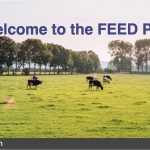Research identifies what producers can do during an outbreak to slow spread of infection and reduce disease impacts
The control of livestock infectious diseases often depends on appropriate policy guidelines and control measures. But recent research at the University of Warwick in the United Kingdom underscores the importance of the farmer’s role in controlling disease outbreaks and protecting the national herd through local control. An example of protection at the individual level is […] Read more Livestock Management
Livestock Management
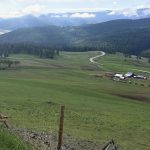
Beef sector presents stewardship award this week
Nominee ranchers from across Canada are up for the Canadian Cattle Association’s Environmental Stewardship Award for going above industry standards for protecting land, water and wildlife while raising cattle. The six nominees from the Maritimes, Quebec, Ontario, Saskatchewan, Alberta and British Columbia are vying for the award. It is expected to presented Aug. 17 at […] Read more
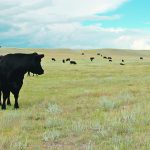
Living lab initiative to focus on carbon sequestration
Sites in three soil zones will help contribute information on carbon sequestration as research initiative tightens its environmental focus
Research into climate change mitigation techniques and their effects will take place on about 25 Saskatchewan farms and ranches for at least the next five years. The South of the Divide Conservation Action Program Inc. and more than a dozen partners were recently awarded $8 million in federal funding to focus on four areas: avoiding […] Read more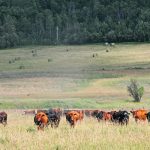
Reducing fear in heifers can pay off
Some fear is necessary to prevent stubbornness, but it’s important to ensure they won’t panic inside handling facilities
Cow-calf producers who use calm and gentle handling methods to reduce the stress of their heifers could receive better outcomes such as higher cattle pregnancy rates, says an expert. “We don’t want to reduce their excitability to the point where they have zero fear towards humans,” said Desiree Gellatly, a research scientist at the Technology […] Read more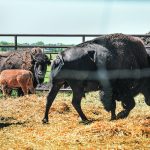
Bison producers embrace low-stress handling
Reverse psychology isn’t reserved for human animals. It’s a technique Whit Hibbard also practices and promotes for low-stress handling of bovines, particularly bison. “When it comes to working livestock, do the opposite of what we’d normally do and it would probably be the right thing,” he said during the recent International Bison Convention in Saskatoon. […] Read more
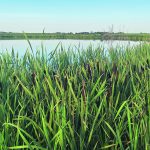
U.S. program helps cattle producers preserve wetlands
Ducks Unlimited will help ranchers in the prairie pothole region voluntarily preserve and restore wetlands on their land
Certified Angus Beef and the U.S. branch of Ducks Unlimited are launching a three-year, $3 million Working Grasslands Conservation Initiative to help preserve native habitat for cattle and waterfowl across the U.S. northern Great Plains. It’s a project they hope to bring to Canada in the near future. Nicole Erceg, CAB communications director, said in […] Read more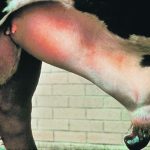
Penile hematoma is common breeding injury among bulls
It’s that time of year where most of the bulls have been turned out and are hopefully taking care of business this summer. However, a common breeding injury can interfere with the bull’s success during the breeding season. That injury is sometimes known as a “broken penis” but is probably better named a penile hematoma. […] Read more

Shrinking U.S. cattle herd signals sustained high beef prices
CHICAGO, Aug 9 (Reuters) – U.S. consumers grappling with soaring inflation face more pain from high beef prices as ranchers are reducing their cattle herds due to drought and lofty feed costs, a decision that will tighten livestock supplies for years, economists said. The decline in cattle numbers, combined with stiff costs for other production […] Read more
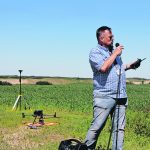
Drones find their place on the ranch
The technology can help check fences and find cattle but also map fields, identify plants and check protein levels
KINSELLA, Alta. — Looking for cows in thick brush, checking for trees fallen on fence lines, identifying livestock in a herd, spraying weeds and creating maps of pastures are just some of the possible uses for drones, said John Church during a University of Alberta field day of new agriculture technology. The Thompson Rivers University […] Read more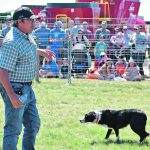
Stock dogs put through their paces
Jared Epp of the Saskatchewan Stock Dog Association brought his two Border Collies to the recent Ag in Motion show near Langham, Sask., to demonstrate how effective they can be in herding livestock and how simple they can be to manage. Epp had the dogs listen to his every command as they moved the sheep […] Read more

 Livestock Management
Livestock Management